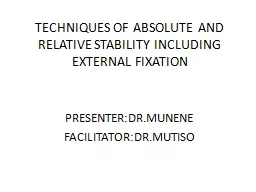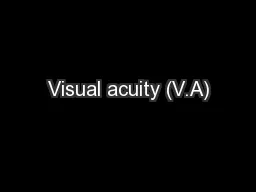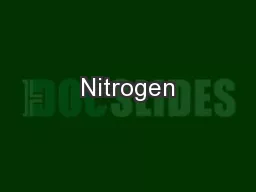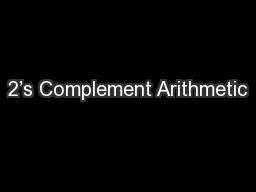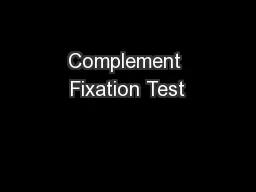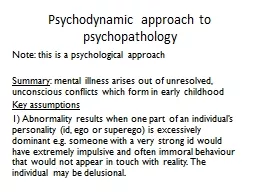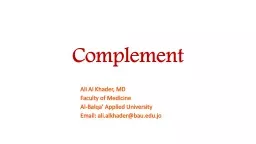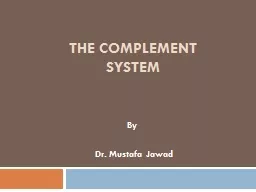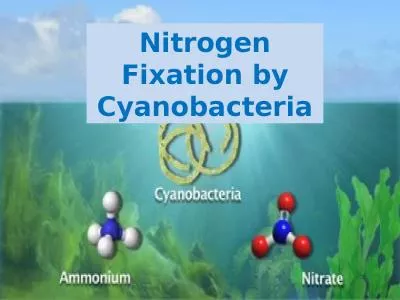PPT-Complement fixation test
Author : myesha-ticknor | Published Date : 2018-10-13
complement fixation test The complement fixation test CFT was extensively used in syphilis serology after being introduced by Wasserman in 1909 It took a number
Presentation Embed Code
Download Presentation
Download Presentation The PPT/PDF document "Complement fixation test" is the property of its rightful owner. Permission is granted to download and print the materials on this website for personal, non-commercial use only, and to display it on your personal computer provided you do not modify the materials and that you retain all copyright notices contained in the materials. By downloading content from our website, you accept the terms of this agreement.
Complement fixation test: Transcript
Download Rules Of Document
"Complement fixation test"The content belongs to its owner. You may download and print it for personal use, without modification, and keep all copyright notices. By downloading, you agree to these terms.
Related Documents


